Shifting the Focus
Why Preventative Healthcare is the Future of Medicine
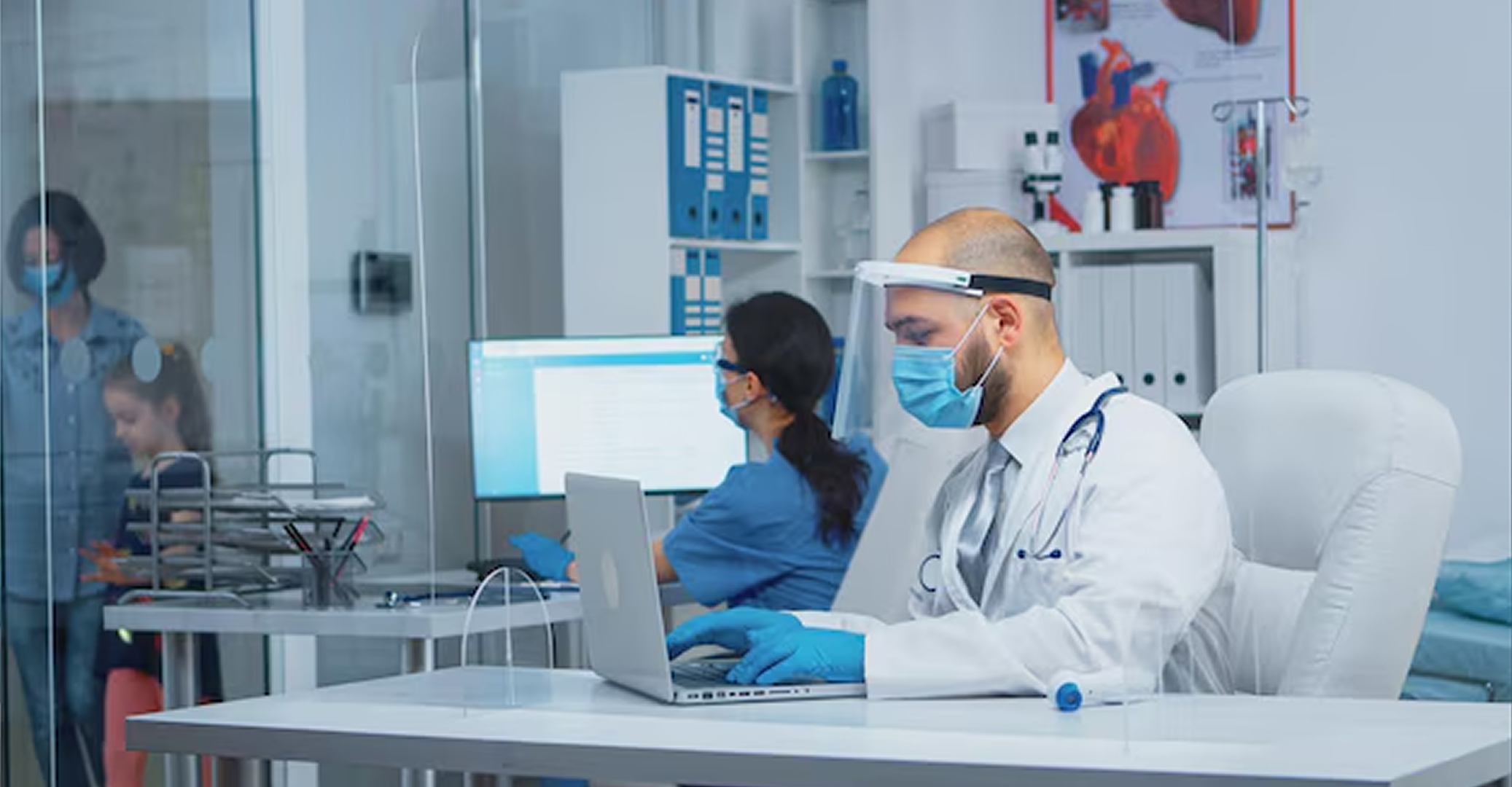
The future of medicine lies in a proactive approach: preventative healthcare. This shift in focus emphasizes early detection, risk reduction, and lifestyle changes to prevent illnesses before they develop.
The Internet of Things (IoT) Revolutionizing Healthcare
A Network of Smart Guardians
The Internet of Things (IoT) is fundamentally changing how we interact with the world around us, and healthcare is no exception. In this context, IoT refers to a vast network of interconnected devices – wearables, medical equipment, sensors, and even implants – that collect, transmit, and analyze real-time health data. Imagine a scenario where your smartwatch isn’t just telling the time, it’s monitoring your heart rate for irregularities. Or picture a smart pill bottle that reminds you to take your medication and even alerts your doctor if you miss a dose. These are just a few examples of how IoT is transforming healthcare into a proactive, data-driven ecosystem.
Here’s a deeper dive into how IoT is revolutionizing healthcare:
Sensor Powerhouse
At the heart of IoT in healthcare are tiny, sophisticated sensors embedded in wearables, medical devices, and even within the human body (think smart implants). These sensors can capture a wide range of health data, including vital signs (heart rate, blood pressure, temperature), blood sugar levels, oxygen saturation, sleep patterns, and even brain activity.
Real-Time Monitoring
Unlike traditional methods that rely on periodic checkups, IoT devices provide continuous health monitoring. This allows for early detection of potential health issues, enabling timely intervention and improved treatment outcomes. For instance, a cardiac patient might wear a smart patch that continuously monitors their heart rhythm, potentially detecting signs of arrhythmia before they experience a more serious event.
Data is King
The true power of IoT lies in the data it generates. This data is transmitted securely to the cloud, where it can be analyzed using powerful algorithms. These analyses can reveal trends, identify risk factors, and even predict potential health issues before they manifest. Imagine a diabetic patient’s wearable device constantly monitoring blood sugar levels and transmitting the data to a healthcare app. The app can then analyze the data and alert the patient or their doctor if sugar levels are trending outside a healthy range.
Remote Patient Management
IoT empowers healthcare providers to remotely monitor patients, particularly those with chronic conditions. This can significantly improve care coordination, reduce unnecessary hospital visits, and empower patients to take a more active role in managing their health. For instance, a patient recovering from surgery at home might wear a smart bandage that monitors healing progress. This data can be accessed by the doctor remotely, allowing them to adjust the treatment plan if necessary, without requiring the patient to come back to the hospital.

The Transformative Power of IoT
The potential applications of IoT in healthcare are vast and far-reaching. Here’s a glimpse into what the future holds
1. Remote Patient Monitoring
Remote patient monitoring (RPM) is undergoing a revolution fueled by IoT. Imagine a future where patients with chronic conditions like diabetes, heart disease, or respiratory illnesses no longer have to rely solely on infrequent clinic visits. Instead, a network of interconnected devices creates a virtual tether between patient and healthcare provider, enabling continuous monitoring and proactive intervention.
Beyond Vital Signs
Traditional RPM solutions often focus on monitoring basic vitals like heart rate and blood pressure. IoT wearables are pushing the boundaries, capturing a wider range of health data. Smartwatches can track blood oxygen saturation, a crucial indicator for respiratory conditions. Glucometers with wireless connectivity can transmit blood sugar readings in real-time, allowing for closer monitoring and medication adjustments by doctors.
Early Detection, Early Intervention
Continuous data collection from wearables allows for the identification of subtle changes in a patient’s health that might go unnoticed during standard checkups. For instance, a cardiac patient’s wearable might detect a slight irregularity in their heart rhythm, prompting the doctor to order further tests and potentially prevent a more serious event.
Medication Management Made Easy
Smart pillboxes and dispensers integrated with IoT can revolutionize medication adherence, a significant challenge in chronic disease management. These devices can send reminders to patients, track medication intake, and even alert caregivers or healthcare providers if doses are missed.
Personalized Care Plans
The vast amount of data collected by IoT devices allows healthcare providers to develop personalized treatment plans tailored to each patient’s unique needs and responses. Imagine a doctor being able to adjust a diabetic patient’s insulin dosage based on real-time blood sugar readings and activity levels monitored by their wearable device.
Improved Patient Engagement
By empowering patients to actively participate in their own health monitoring, IoT fosters a sense of ownership and accountability. Patients can view their health data on user-friendly apps, gaining valuable insights into their condition and treatment progress. This two-way communication loop between patient and provider can lead to better treatment outcomes.

2. Proactive Care
Predicting Health Risks with the Power of IoT Data
Traditionally, healthcare has focused on reactive measures – diagnosing and treating illnesses once they arise. However, the power of IoT lies in its ability to shift the paradigm towards proactive care. By analyzing the wealth of data collected by interconnected devices, healthcare professionals can now predict potential health issues before they manifest, paving the way for preventative measures and personalized treatment plans. Here’s a closer look at how IoT is enabling proactive care
Predictive Analytics
Advanced algorithms can analyze historical health data collected by wearables and medical devices to identify patterns and trends. These insights can help predict the likelihood of developing certain health conditions, such as heart disease, diabetes, or even mental health issues. Imagine a patient’s smartwatch continuously monitoring their heart rate and activity levels. By analyzing this data, along with the patient’s medical history, an algorithm might predict an increased risk of heart disease. This would allow the doctor to recommend preventative measures like lifestyle changes or medications before any symptoms arise.
Early Intervention
The ability to predict potential health issues allows for early intervention, often the key to preventing complications and improving long-term health outcomes. For instance, by identifying a pre-diabetic condition through continuous blood sugar monitoring, a doctor can recommend dietary adjustments or prescribe medication to prevent the onset of full-blown diabetes.
Personalized Prevention Plans
The beauty of proactive care with IoT lies in its personalization. By analyzing an individual’s unique health data, doctors can create customized prevention plans that address their specific risk factors. This tailored approach can be far more effective than generic preventative measures. Imagine a patient with a family history of cancer wearing a smartwatch that tracks specific biomarkers. The data analysis might reveal a slightly elevated risk, prompting the doctor to recommend specific screening tests or preventative measures based on the patient’s individual situation.
Reduced Healthcare Costs
Proactive care with IoT has the potential to significantly reduce healthcare costs. Early detection and intervention can prevent the need for expensive treatments associated with advanced stages of chronic diseases. Additionally, by empowering patients to take a more active role in their health, IoT can lead to a healthier population overall, reducing the burden on healthcare systems.
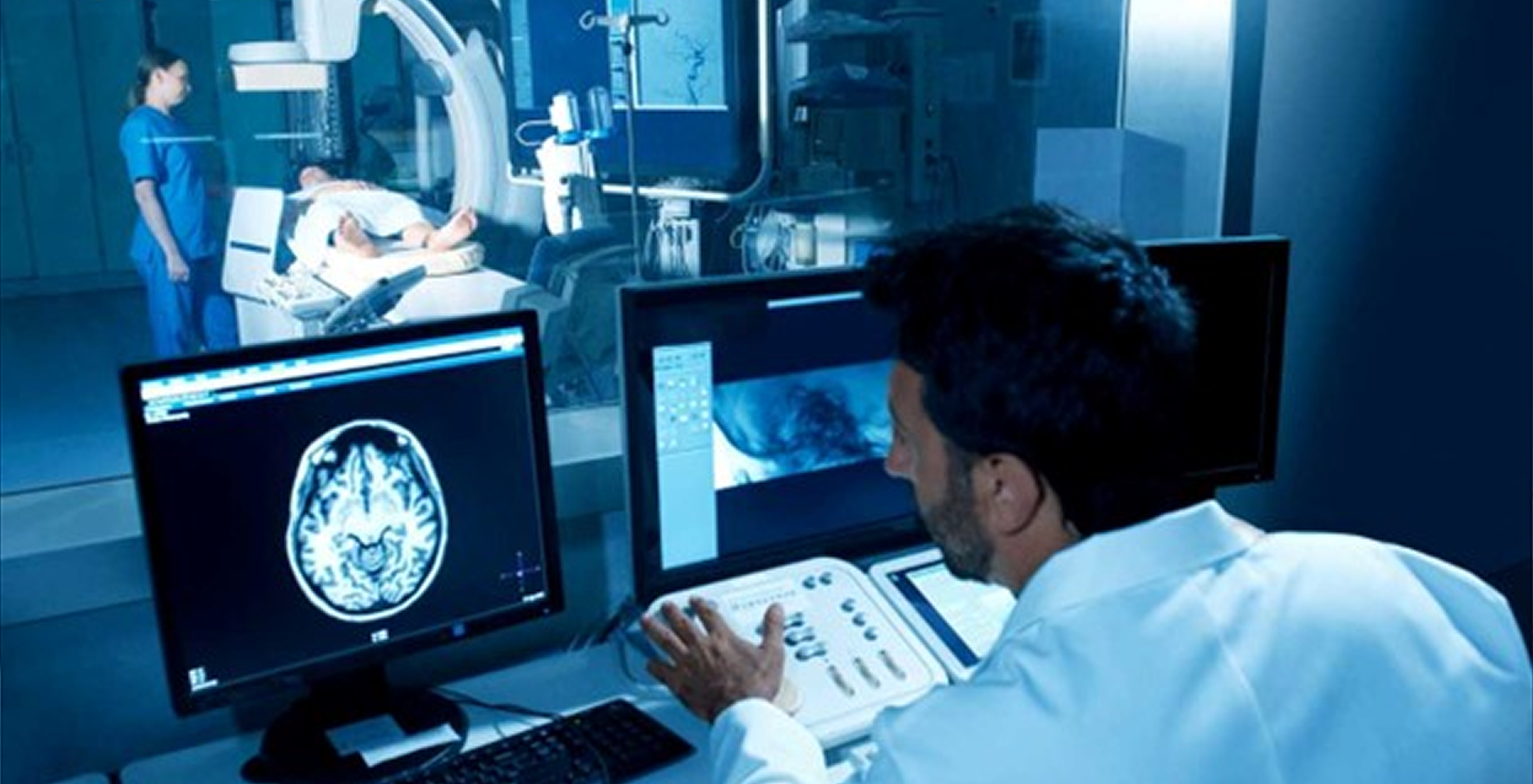
3. Enhanced Diagnostics & Treatment
Unlocking the Power of Precision Medicine with IoT
The traditional healthcare approach often relies on a one-size-fits-all model for diagnosis and treatment. However, IoT is revolutionizing this approach by enabling the collection of a vast amount of granular health data. This data empowers healthcare professionals to make more accurate diagnoses, develop targeted treatment plans, and ultimately improve patient outcomes. Here’s how IoT is transforming diagnostics and treatment across various medical fields
Revolutionizing Cancer Detection
Early detection is paramount in the fight against cancer. IoT-powered devices are playing a crucial role in this battle.
Smart Implants & Biosensors
Imagine tiny, implantable biosensors that can continuously monitor specific biomarkers associated with cancer development. These devices can detect subtle changes at the cellular level, potentially leading to earlier and more accurate cancer diagnoses.
Wearable Cancer Screening Tools
Wearables equipped with advanced sensors are being developed to detect early signs of cancer. For instance, smart patches might be able to identify skin cancer through non-invasive monitoring of biomarkers in sweat or interstitial fluid.
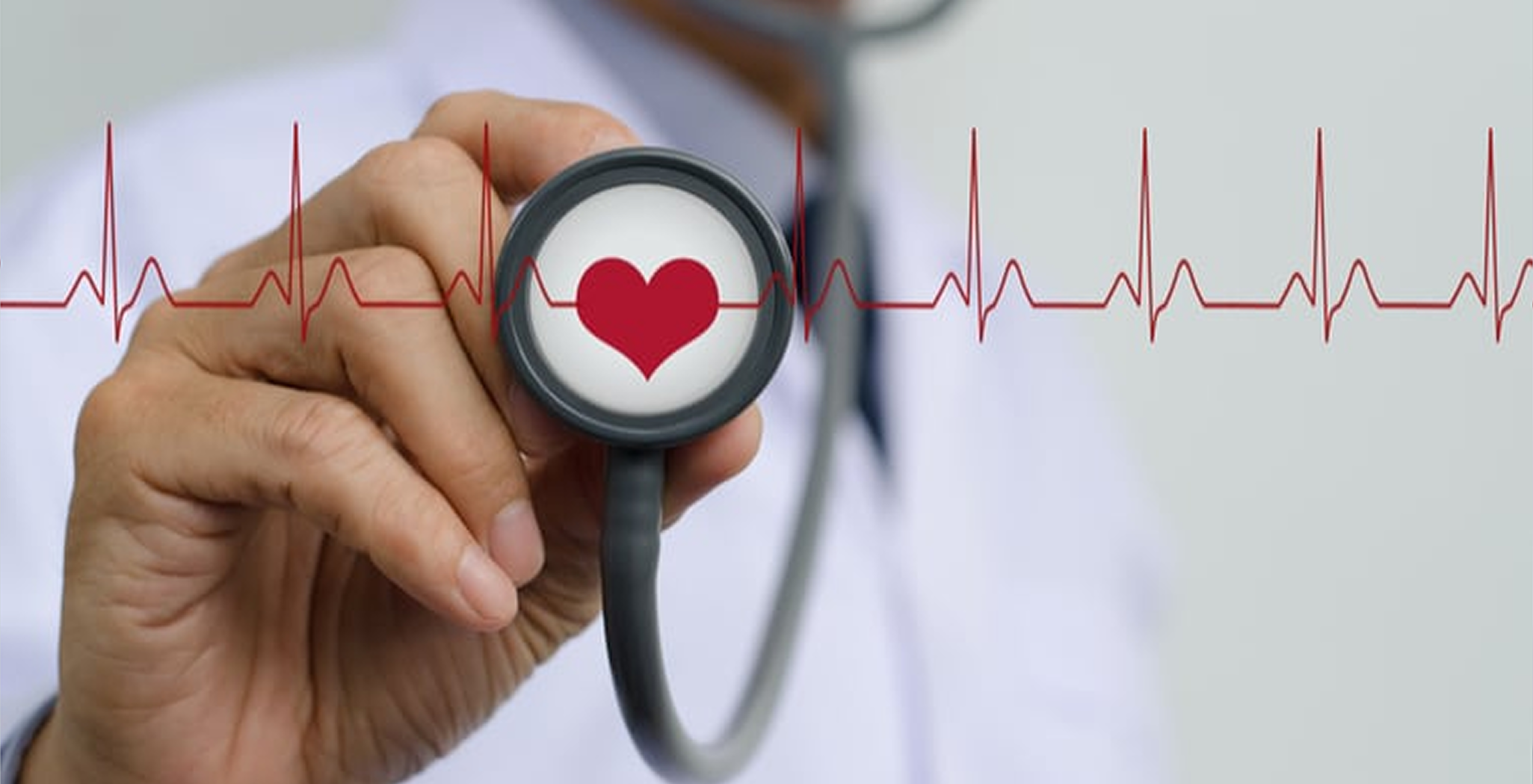
Transforming Cardiac Care
IoT is significantly improving cardiac care by providing a more holistic view of a patient’s heart health.
Remote Cardiac Monitoring
Smartwatches and other wearables can continuously monitor vital signs like heart rate, rhythm, and blood pressure. These devices can detect arrhythmias, heart failure, and other cardiac issues in real-time, allowing for timely intervention and potentially saving lives.
AI-powered Diagnostics
Advanced algorithms can analyze data collected by wearables to identify patterns and predict potential cardiac events. This allows doctors to personalize treatment plans and prevent complications.
Shaping the Future of Mental Health
Mental health is another area where IoT is making significant strides.
Smart Monitoring for Mental Wellbeing
Wearables can track sleep patterns, activity levels, and physiological responses that might be indicative of anxiety, depression, or stress. This data can be used for early diagnosis and to monitor the effectiveness of treatment plans.
Therapeutic Devices with Biofeedback
Imagine headbands that use neurofeedback to help patients manage stress or anxiety. These devices monitor brain activity and provide real-time feedback, allowing users to learn self-regulation techniques.
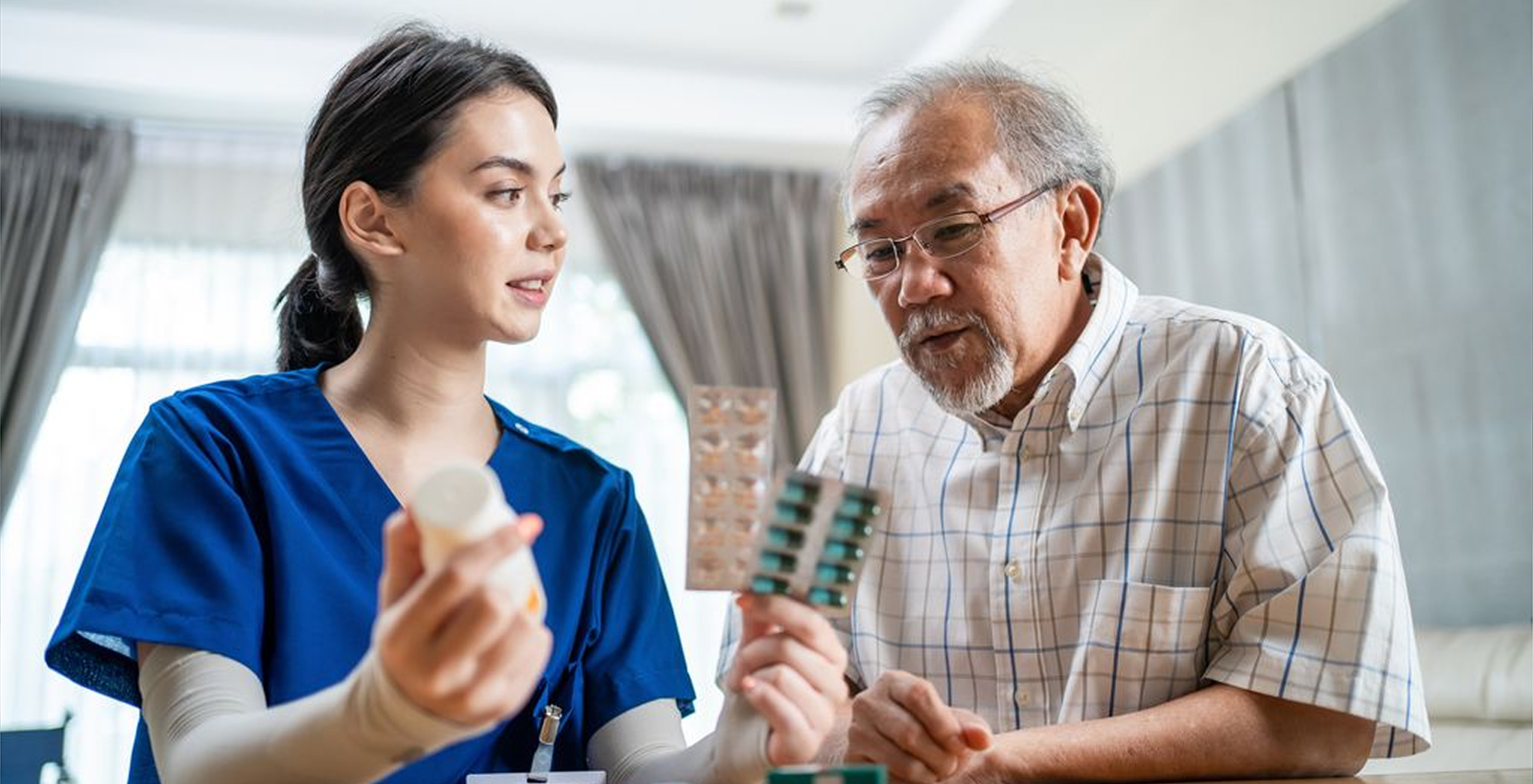
4. Improved Medication Management
Smart Solutions for Better Adherence
Combating Missed Doses
Traditional pillboxes are passive organizers, leaving room for human error. Smart pillboxes take an active role in ensuring adherence. These devices
-
Feature audible or visual reminders
-
Track medication intake
Enhanced Convenience
Smart pillboxes offer features that simplify medication management, especially for patients with complex regimens.
-
Pre-filled Dispensers
Certain models come with pre-filled weekly or monthly trays, eliminating the need for frequent refilling by patients or caregivers.
-
Automatic Dispensing
Advanced smart dispensers can automatically dispense the correct dosage at the scheduled time, further reducing the risk of missed or incorrect doses.
Improved Communication & Care Coordination
-
Real-time Adherence Monitoring
Caregivers or healthcare providers can remotely monitor medication adherence data, identifying potential issues and intervening if necessary.
-
Refill Reminders
The app can send alerts when medication refills are needed, ensuring patients don’t run out of their prescriptions.
Promoting Patient Engagement
Smart medication management systems can empower patients to take a more active role in their health. By providing insights into their adherence patterns through user-friendly apps, patients can be motivated to improve their medication-taking habits.
Beyond these core functionalities, some smart pillboxes are exploring advanced features like:
-
Integration with Telehealth Platforms
Imagine a scenario where a smart pillbox automatically prompts a video call with a doctor or pharmacist if a missed dose is detected. This real-time communication can address any concerns or medication-related questions the patient might have.
-
Dosage Synchronization
These futuristic devices could potentially connect with other smart devices, like smart inhalers, to synchronize medication schedules and ensure optimal treatment efficacy.
The potential applications of IoT in medication management are vast and constantly evolving. By offering a combination of reminders, convenience features, and improved communication, smart pillboxes and dispensers are empowering patients and healthcare providers alike to overcome medication adherence challenges and achieve better health outcomes.
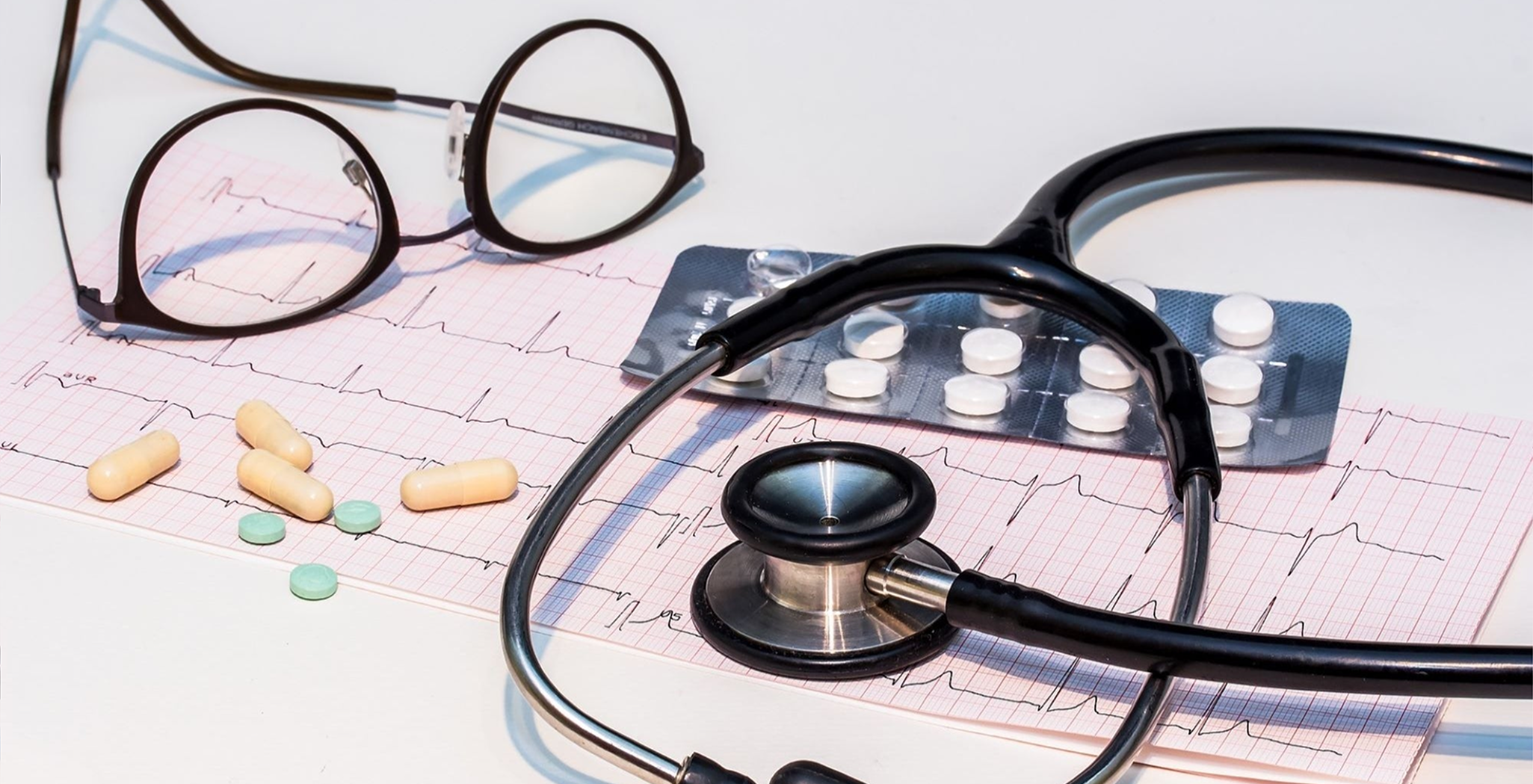
The Road Ahead
While the future of IoT in healthcare is bright, challenges remain. Data security, privacy concerns, and ensuring seamless device integration within existing healthcare infrastructure are all aspects that need to be addressed.
At Hiteshi Infotech, we are committed to developing secure and robust IoT solutions that empower healthcare providers and patients alike. We believe that by working together, we can unlock the true potential of IoT and usher in a new era of smart healthcare.
Ready to Embrace a Smarter Future?

